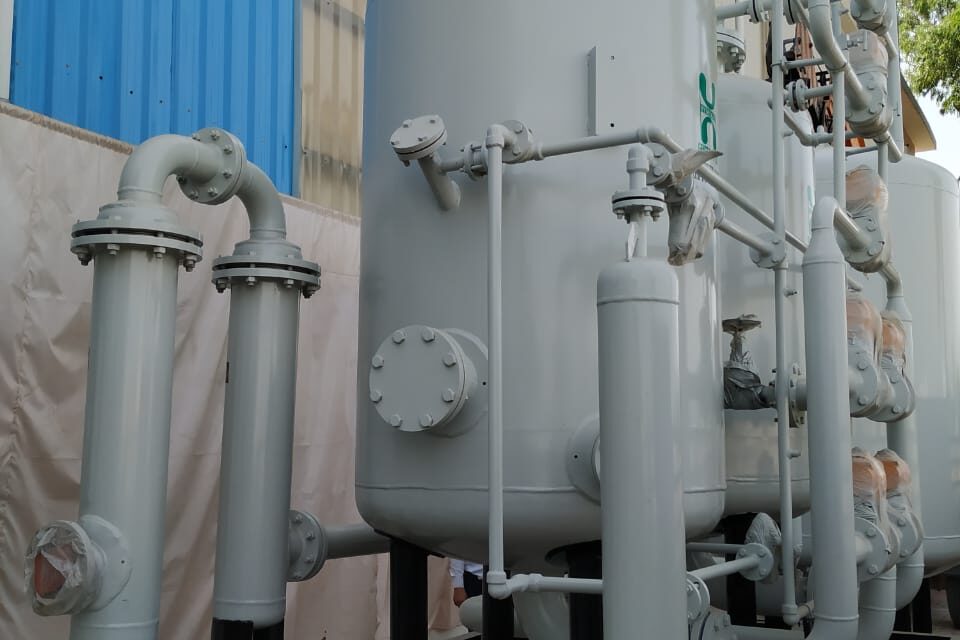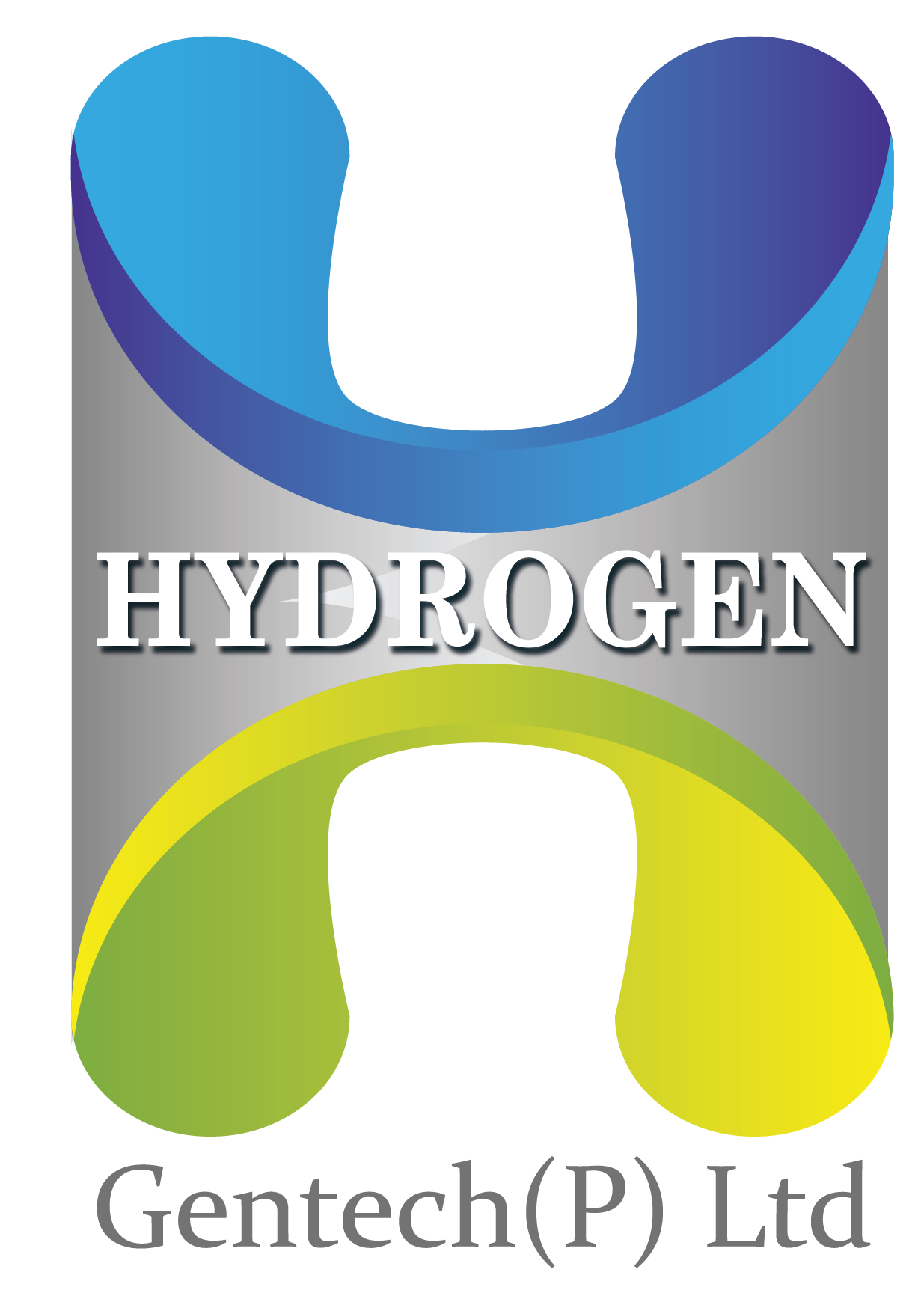Drying Systems
Introduction
In various industrial processes, the removal of moisture from liquid, air, and gas is critical to ensure optimal performance and reliability. This is where liquid, air, and gas drying systems come into play.
These systems employ advanced technologies such as Pressure Swing Adsorption (PSA) to effectively remove moisture from the target substance.
PSA technologies have revolutionized the drying industry by offering efficient and cost-effective solutions. These units utilize the principle of adsorption, where moisture is selectively adsorbed onto an adsorbent material.
PSA-based drying units operate by utilizing the varying affinity of adsorbent materials for different gases under pressure. By cycling the pressure between high and low levels, the desired gas is preferentially adsorbed while the unwanted gases are released, resulting in purified air or gas streams.
Liquid drying systems employing PSA technologies are utilized in various industries such as pharmaceuticals, food and beverage, chemical processing, and oil refining. These units efficiently remove moisture from solvents and other critical liquids, ensuring product quality, improving reuse potential, and extending the shelf life of perishable substances.
Air and gas drying systems based on PSA technologies are commonly used in applications where compressed air or specific gas purity is essential. These units effectively remove moisture, oil, and other impurities, preventing damage to equipment and ensuring reliable operation of pneumatic systems, industrial processes, and instrumentation.
Our liquid, air, and gas drying systems utilizing PSA technologies offer reliable, energy-efficient, and cost-effective solutions for moisture and impurity removal. These advanced systems play a vital role in various industries by enhancing product quality, protecting equipment, and maintaining process integrity.
With continuous advancements in drying technology, these plants are poised to further contribute to the efficiency and sustainability of industrial processes worldwide.
At Hydrogen Gentech Private Limited (HGPL), we specialize in adsorption processes utilizing Pressure Swing Adsorption (PSA) technologies. With our extensive knowledge and experience, we offer a wide range of adsorption-based liquid, air, and gas drying systems tailored to suit any application and industry.
The basic design of our molecular sieve adsorption units consists of two or more adsorber units. In a typical two-tower design, one unit operates in the dehydration mode while the other unit undergoes regeneration. Once an adsorber unit becomes saturated with moisture and reaches equilibrium, automatic switching valves transition operations to the regenerated unit while the previous unit enters regeneration.
This alternating dehydration and regeneration cycle is achieved using Temperature Swing Adsorption (TSA) technology. During regeneration, an inert gas such as nitrogen is used to restore the adsorber tower’s effectiveness.
The adsorption process in molecular sieve dehydration units relies on synthetic zeolite, a highly porous crystalline material with strong affinity for water. Zeolite enables adsorption at various pressures and temperatures. Our molecular sieve units can be designed as skid-mounted systems for easy installation and fully automatic, trouble-free operation.
With our expertise in TSA and PSA adsorption processes, HGPL delivers reliable and efficient solutions for liquid drying. Our advanced technology ensures effective moisture removal and consistent delivery of high-quality, dry solvents that meet the stringent demands of diverse industries.
- Air & Gas Drying System
- Liquid Solvent Drying System

HGPL Designs, Manufactures and Supplies best-in-class Air and Gas Drying systems to various industries.
Processes where compressed air is used, Air dryers become inevitable. Similarly, during various industrial processes, sometimes gases are also required to be dry.
WHY IS IT IMPORTANT TO REMOVE MOISTURE FROM AIR OR ANY GAS :
- LOW PRODUCTION EFFICIENCY IN PNEUMATIC MACHINES
- CORROSION
- BREAKDOWN
- EXCESSIVE MAINTENANCE COSTS
- POOR PRODUCT QUALITY
Compressed air and gas play critical roles in various industrial applications, ranging from manufacturing and processing to instrumentation and automation. However, to ensure the reliability and efficiency of these systems, it is crucial to eliminate moisture and impurities from the air and gas streams.
This is where OUR advanced compressed air and gas drying units come into play.
HGPL offers different kinds of Compressed Air and Gas Drying units.
1. Heatless Type Dryer
- Designed to work on the natural tendency of the desiccant to establish an equilibrium with its surroundings and deliver super dry compressed air.
- These types of dryers have a constant outlet dew point and temperature.
- These dryers are most economical and dew points up to (-) 40°C are easily achieved.
- Such dryers are most preferred fora flow up to 500 CFM.
2. Heated Type Air Dryer
- An alternative for medium and bigger capacities, where heatless type dryers become uneconomic due to heavy purge losses.
- In this type, the regeneration is accomplished with a very small portion of dried air/gas, which is circulated in the tower, duly filled with desiccant and embedded with heaters.
- The advantage of this type of dryer over a heatless type dryer is that the purge loss is reduced to almost 3%-5%.
- Dew point up to (-) 80°C can be achieved from this system.
Applications of Liquid, Air & Gas Drying Systems
Pharmaceuticals and Chemicals
In the pharmaceutical and chemical industries, liquid solvent drying systems play a crucial role in ensuring the purity and dryness of solvents used in drug formulation, chemical synthesis, and laboratory processes. Dry solvents are essential for maintaining the efficacy and quality of pharmaceutical products and chemical compounds.
Food and Beverage
Liquid solvent drying systems are employed in the food and beverage industry to remove moisture and contaminants from solvents used in various production processes. This ensures the preservation of food quality, extends shelf life, and prevents microbial growth.
Oil and Gas
In the oil and gas sector, air and gas drying systems are utilized to remove moisture, oil, and impurities from compressed air and natural gas streams. Dry air and gas are essential for preventing corrosion in pipelines and equipment, maintaining the integrity of instruments and control systems, and ensuring safe and efficient operations.
Electronics and Semiconductor Manufacturing
Liquid solvent and air drying systems are critical in electronics and semiconductor manufacturing processes. These systems help eliminate moisture, particles, and impurities from solvents and compressed air used in cleaning, coating, and assembly operations. Dry and clean environments are necessary to prevent damage to sensitive electronic components and ensure the reliability of electronic devices.
Automotive and Aerospace
Liquid solvent and air drying systems play a vital role in automotive and aerospace industries, where dry and clean solvents and air are essential for painting, coating, and surface treatment processes. These systems help remove moisture, oil, and contaminants, ensuring high-quality finishes, adherence, and durability of coatings.
Renewable Energy:
Liquid solvent, air, and gas drying systems are employed in renewable energy sectors such as solar and fuel cell technologies. They ensure the dryness and purity of solvents and gases used in manufacturing solar panels, fuel cells, and other renewable energy components. Dry conditions are necessary for optimal performance and longevity of these devices.
Laboratory and Research Facilities
Liquid solvent drying systems find applications in laboratories and research facilities, where the removal of moisture is critical for accurate measurements, sample preparation, and chemical reactions. Dry solvents enable precise analysis and reliable experimental results.

Our molecular sieve-based adsorption units provide an effective way to remove moisture from liquid solvent streams or gas streams.
“The reuse and recovery of solvents are very important issues for the pharmaceutical and chemical industry. Solvent purity and dryness are critical for the efficacy and yield of any reaction.”
In industries like pharmaceuticals and chemicals, the reuse and recovery of solvents are of utmost importance. The purity and dryness of solvents play a critical role in ensuring the efficacy and yield of reactions. HGPL’s molecular sieve-based adsorption units offer an effective method for removing moisture from liquid solvent streams.
Our adsorption plants can deliver final products with exceptionally low moisture content. The level of dryness can be customized to meet specific requirements and desired specifications.
Molecular sieve dehydration systems are particularly well-suited for solvents such as ethanol and THF that form azeotropic mixtures with water, making separation using conventional distillation systems challenging.
Our dehydration plants offer several significant advantages: achieving dehydration objectives for organic solvents, dehydrating solvents that form azeotropic mixtures, attaining extremely dry solvents as the final product (up to 100 ppm or less), enabling energy-efficient operation compared to conventional distillation plants, and supporting continuous and automatic processing.
The molecular sieve dehydration systems are well-suited for solvents like ethanol and THF that form azeotropic mixtures with water, limiting water removal through conventional distillation.
These plants can provide a final product with extremely low moisture content.
The dryness of the product can be tailored to meet the desired specifications.
Molecular sieve-based dehydration plants offer major advantages for the following reasons:
- To achieve dehydration objectives for organic solvents.
- Dehydration of solvents that form azeotropic mixtures.
- To achieve very dry solvents as product (up to 100 ppm or less).
- Energy-efficient operation compared to conventional distillation plants.
- Continuous and automatic operations.
Applications of Liquid, Air & Gas Drying Systems
Pharmaceuticals and Chemicals
In the pharmaceutical and chemical industries, liquid solvent drying systems play a crucial role in ensuring the purity and dryness of solvents used in drug formulation, chemical synthesis, and laboratory processes. Dry solvents are essential for maintaining the efficacy and quality of pharmaceutical products and chemical compounds.
Food and Beverage
Liquid solvent drying systems are employed in the food and beverage industry to remove moisture and contaminants from solvents used in various production processes. This ensures the preservation of food quality, extends shelf life, and prevents microbial growth.
Oil and Gas
In the oil and gas sector, air and gas drying systems are utilized to remove moisture, oil, and impurities from compressed air and natural gas streams. Dry air and gas are essential for preventing corrosion in pipelines and equipment, maintaining the integrity of instruments and control systems, and ensuring safe and efficient operations.
Electronics and Semiconductor Manufacturing
Liquid solvent and air drying systems are critical in electronics and semiconductor manufacturing processes. These systems help eliminate moisture, particles, and impurities from solvents and compressed air used in cleaning, coating, and assembly operations. Dry and clean environments are necessary to prevent damage to sensitive electronic components and ensure the reliability of electronic devices.
Automotive and Aerospace
Liquid solvent and air drying systems play a vital role in automotive and aerospace industries, where dry and clean solvents and air are essential for painting, coating, and surface treatment processes. These systems help remove moisture, oil, and contaminants, ensuring high-quality finishes, adherence, and durability of coatings.
Renewable Energy:
Liquid solvent, air, and gas drying systems are employed in renewable energy sectors such as solar and fuel cell technologies. They ensure the dryness and purity of solvents and gases used in manufacturing solar panels, fuel cells, and other renewable energy components. Dry conditions are necessary for optimal performance and longevity of these devices.
Laboratory and Research Facilities
Liquid solvent drying systems find applications in laboratories and research facilities, where the removal of moisture is critical for accurate measurements, sample preparation, and chemical reactions. Dry solvents enable precise analysis and reliable experimental results.

